A few weeks ago, Hugh Locke shared some beautiful close-up views of flowers from his garden in Montrose, New York (Close-ups in Hugh’s Garden). Today we’re going to enjoy more of those images. By zooming way in, he makes you see flowers in a different way, which might just inspire you to take a closer look at the flowers in your own garden and notice things about them you never have before.
Detail of Stoke’s aster (Stokesia laevis, Zones 5–9). Asters are what is called a composite bloom—each bloom is actually a whole cluster of many tiny flowers massed together. Zoom in like this and you can see the open flowers on the outer ring, while those in the center are still in bud, ready to burst open.
Tips of tulip petals (Tulipa hybrids, Zones 3–8) are showing the delicate mixture of different shades of pink.
Floss flower (Ageratum houstonianum, annual) is another composite bloom, opening to make a fluffy mass of flowers.
The tiny blooms of yarrow (Achillea milliflolium, Zones 4–8) mass together to make a big disk of flowers, which are very popular with many pollinators.
Cleome (Cleome hassleriana, annual), with the open flowers at the base and a row of buds ready to open and replace them as they fade.
Platycodon grandiflorus (Zones 3–8) has beautiful blue flowers on a very durable, easy-to-grow plant.
Celosia (Celosia argentea, annual) has very unusual flower heads. In this close-up photo you can see that they are a mass of these small red strings, brightly colored to attract pollinators.
The fuzzy beard on the lower petals of this bearded iris (Iris hybrid, Zones 3–8) guides pollinators into the flower so they can collect and deposit pollen on their back.
A crisp, perfect paperwhite (Narcissus hybrid, Zones 8–10 or as a tender bulb). These warm-climate daffodils bloom easily indoors for some winter color and cheer.
Have a garden you’d like to share?
Have photos to share? We’d love to see your garden, a particular collection of plants you love, or a wonderful garden you had the chance to visit!
To submit, send 5-10 photos to [email protected] along with some information about the plants in the pictures and where you took the photos. We’d love to hear where you are located, how long you’ve been gardening, successes you are proud of, failures you learned from, hopes for the future, favorite plants, or funny stories from your garden.
Have a mobile phone? Tag your photos on Facebook, Instagram or Twitter with #FineGardening!
Do you receive the GPOD by email yet? Sign up here.
Fine Gardening Recommended Products
Johnny’s Selected Seeds Connecta® Cultivation Kit
Fine Gardening receives a commission for items purchased through links on this site, including Amazon Associates and other affiliate advertising programs.
Choose the right tool head for the job and switch out quickly with a simple push-button release. Includes the Connecta receiver, Connecta Collinear 4 head, Connecta Collinear 7 head, Connecta Contour Wire 4 head, Connecta Contour Wire 6 head, a sustainably harvested oiled ashwood handle, and a stainless-steel carrying clip.
Planting in a Post-Wild World: Designing Plant Communities for Resilient Landscapes
Fine Gardening receives a commission for items purchased through links on this site, including Amazon Associates and other affiliate advertising programs.
Featuring gorgeous photography and advice for landscapers, Planting in a Post-Wild World by Thomas Rainer and Claudia West is dedicated to the idea of a new nature—a hybrid of both the wild and the cultivated—that can nourish in our cities and suburbs.
Ho-Mi Digger - Korean Triangle Blade
Fine Gardening receives a commission for items purchased through links on this site, including Amazon Associates and other affiliate advertising programs.
Versatile Tool: The Easy Digger Korean Triangle Blade Ho Mi Ho-mi is a versatile gardening tool designed for leveling and digging in home and garden settings. Efficient Design: Its unique triangular blade shape allows for easy soil penetration and efficient leveling of garden beds or landscaping areas. Durable Construction: Crafted with sturdy materials, this tool ensures long-lasting performance and reliability.
Ergonomic Handle: The comfortable handle provides a secure grip, reducing hand fatigue during extended use. Compact Size: Its compact design makes it easy to maneuver in tight spaces and store when not in use.
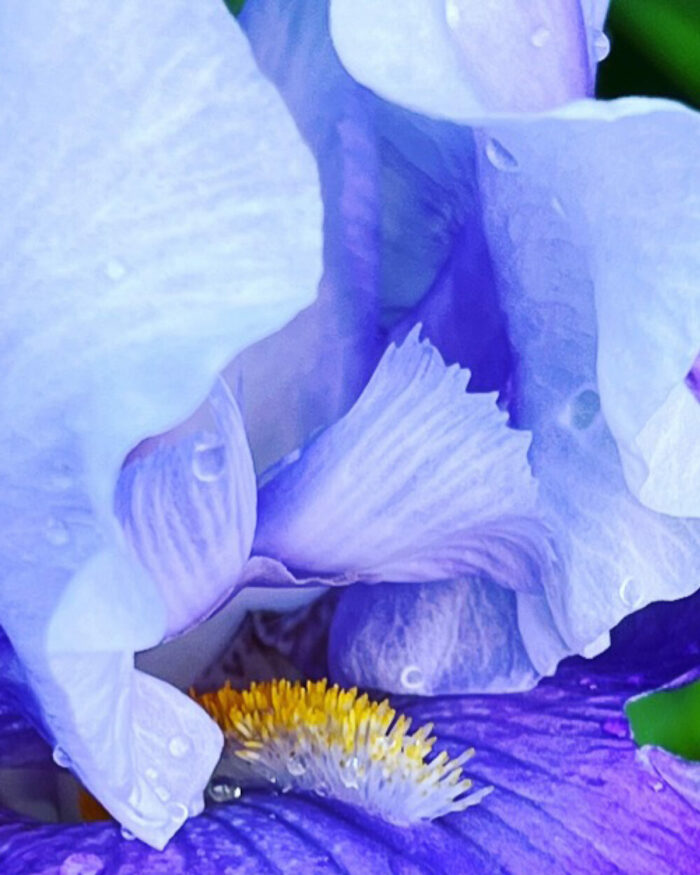
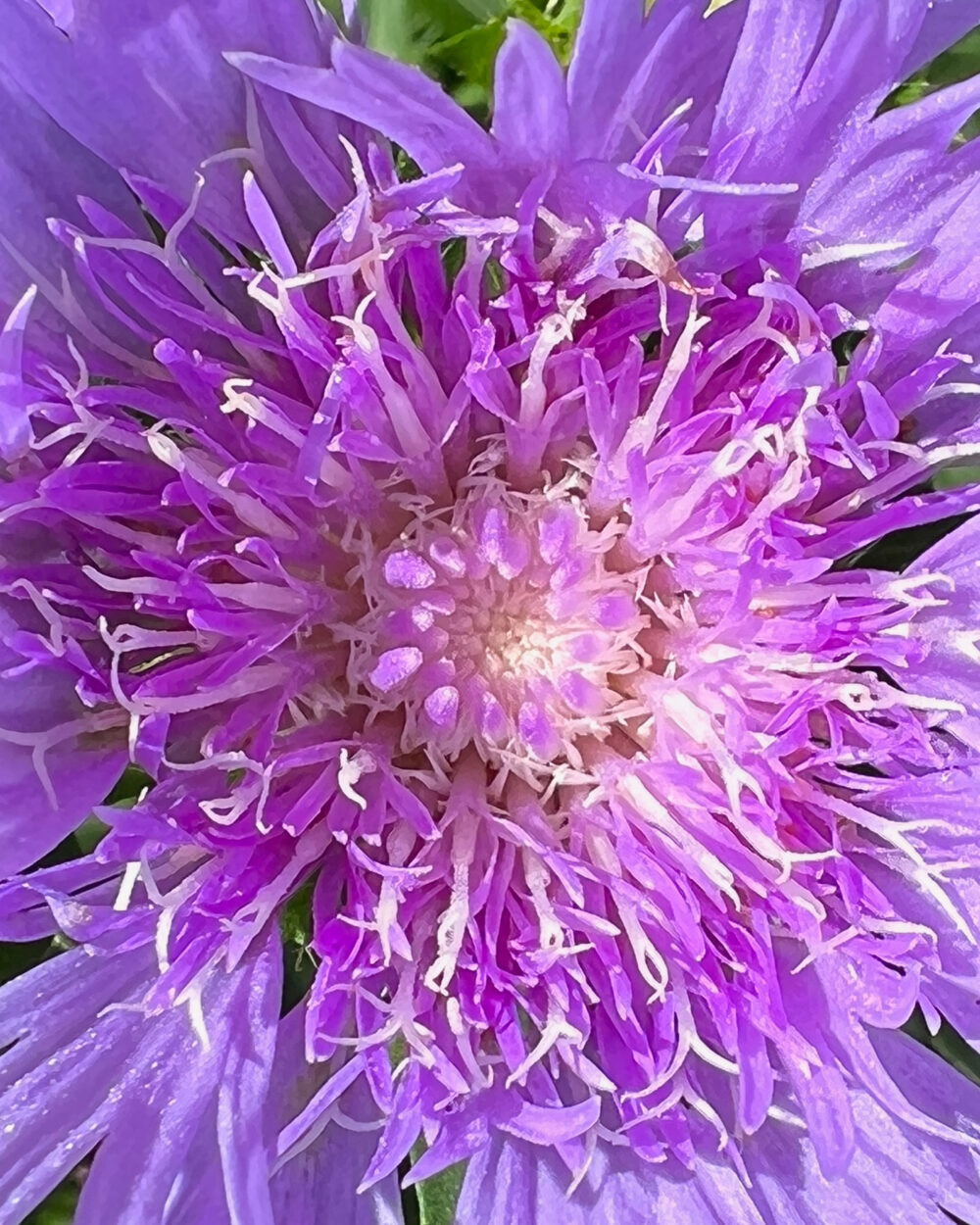
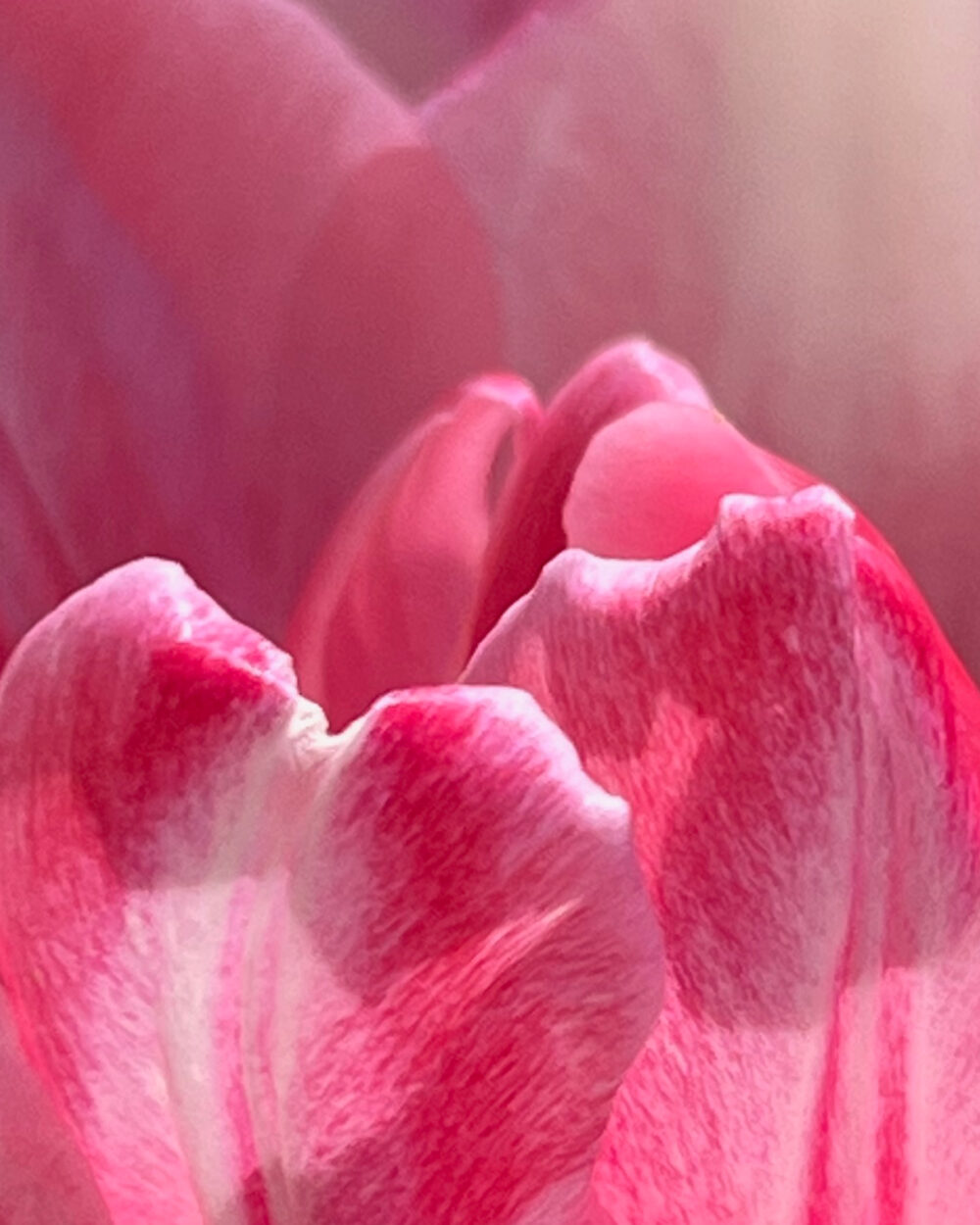
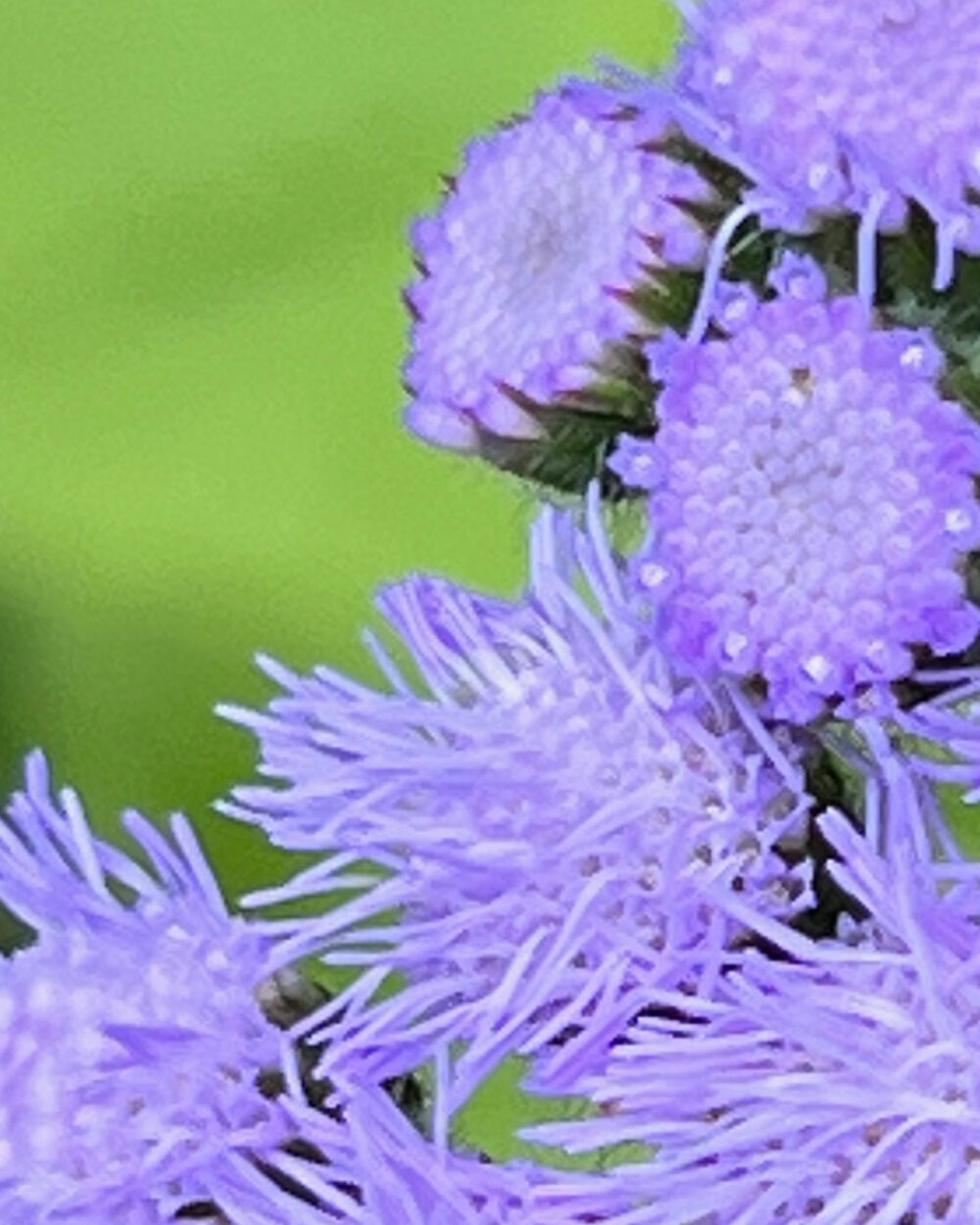
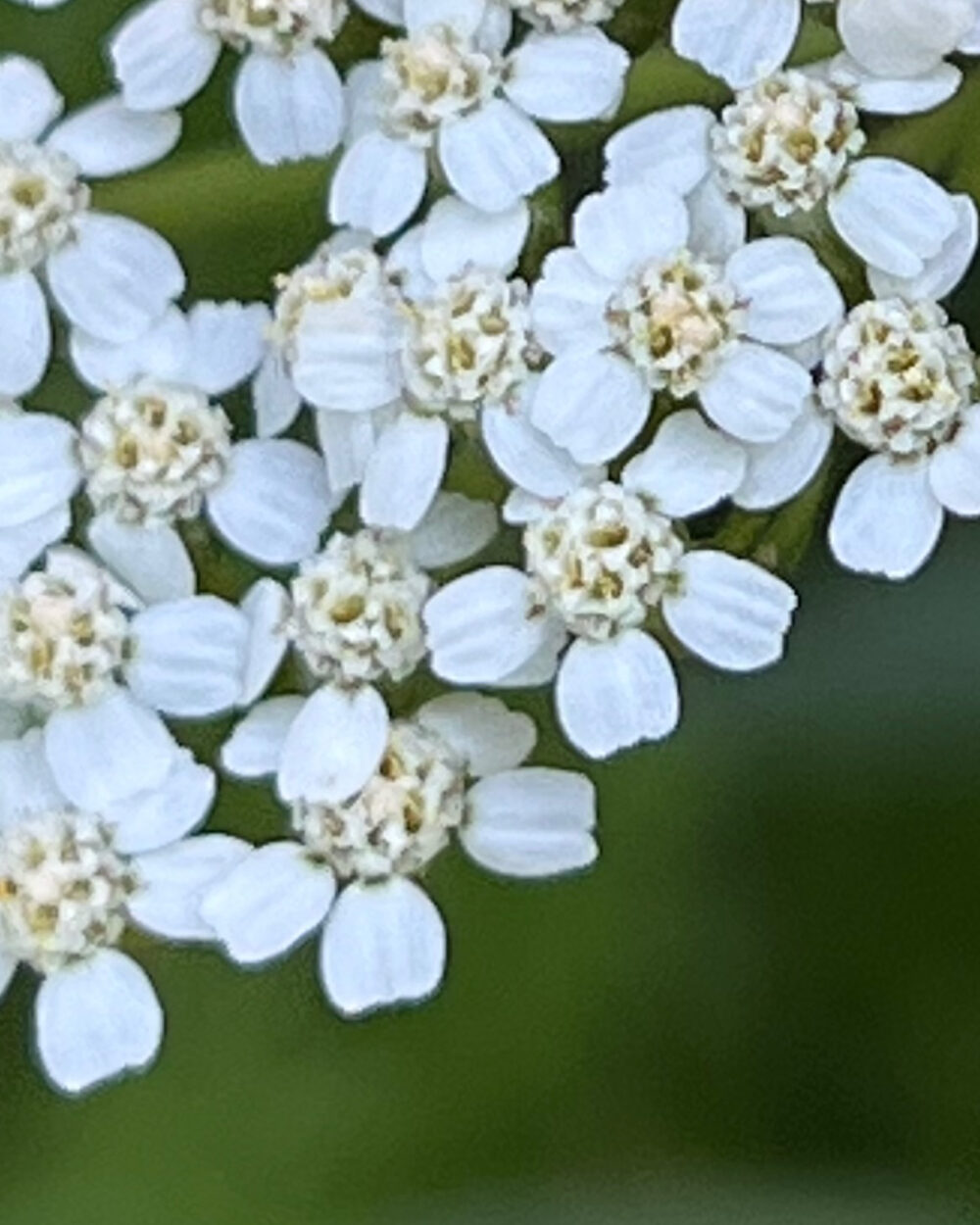
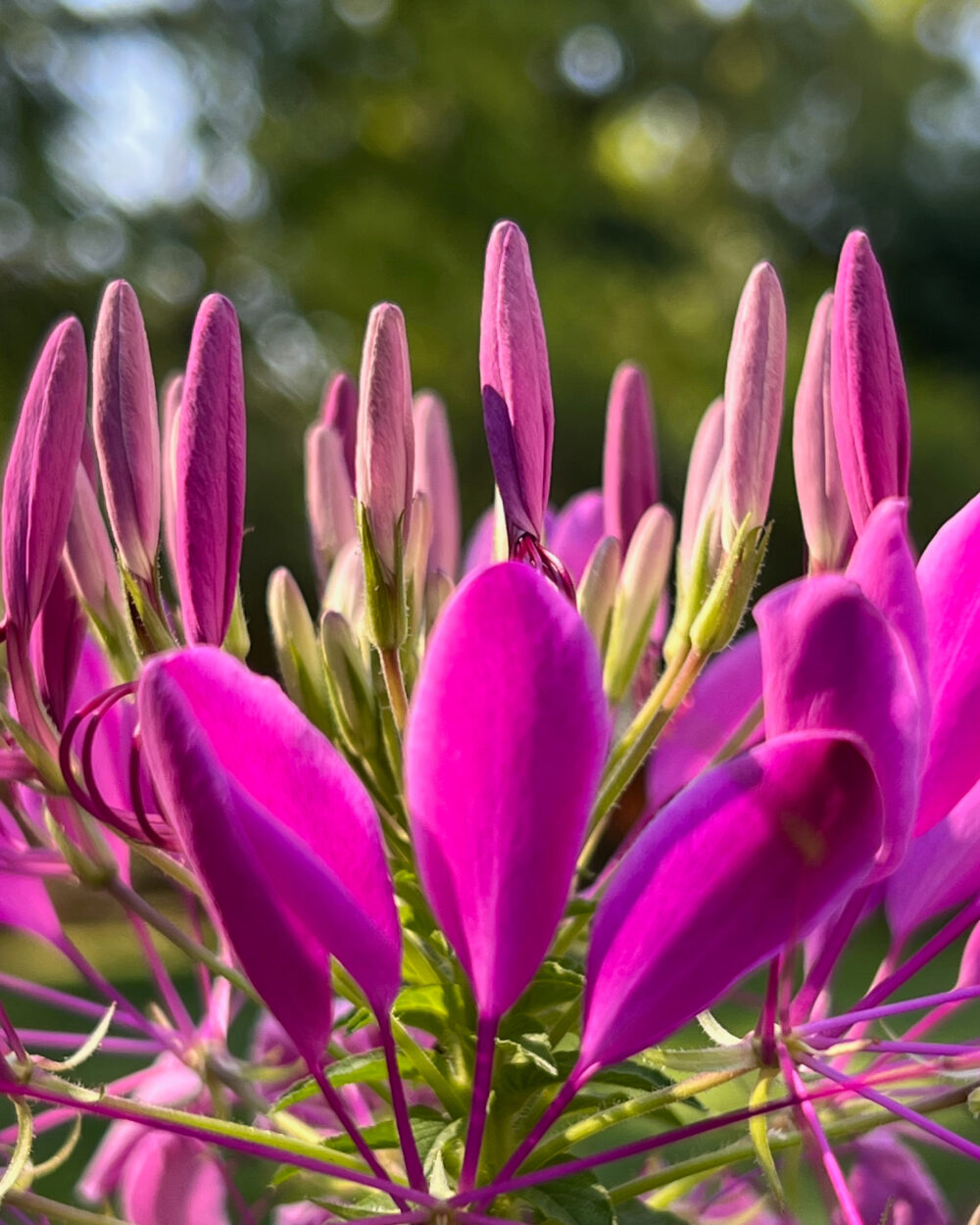
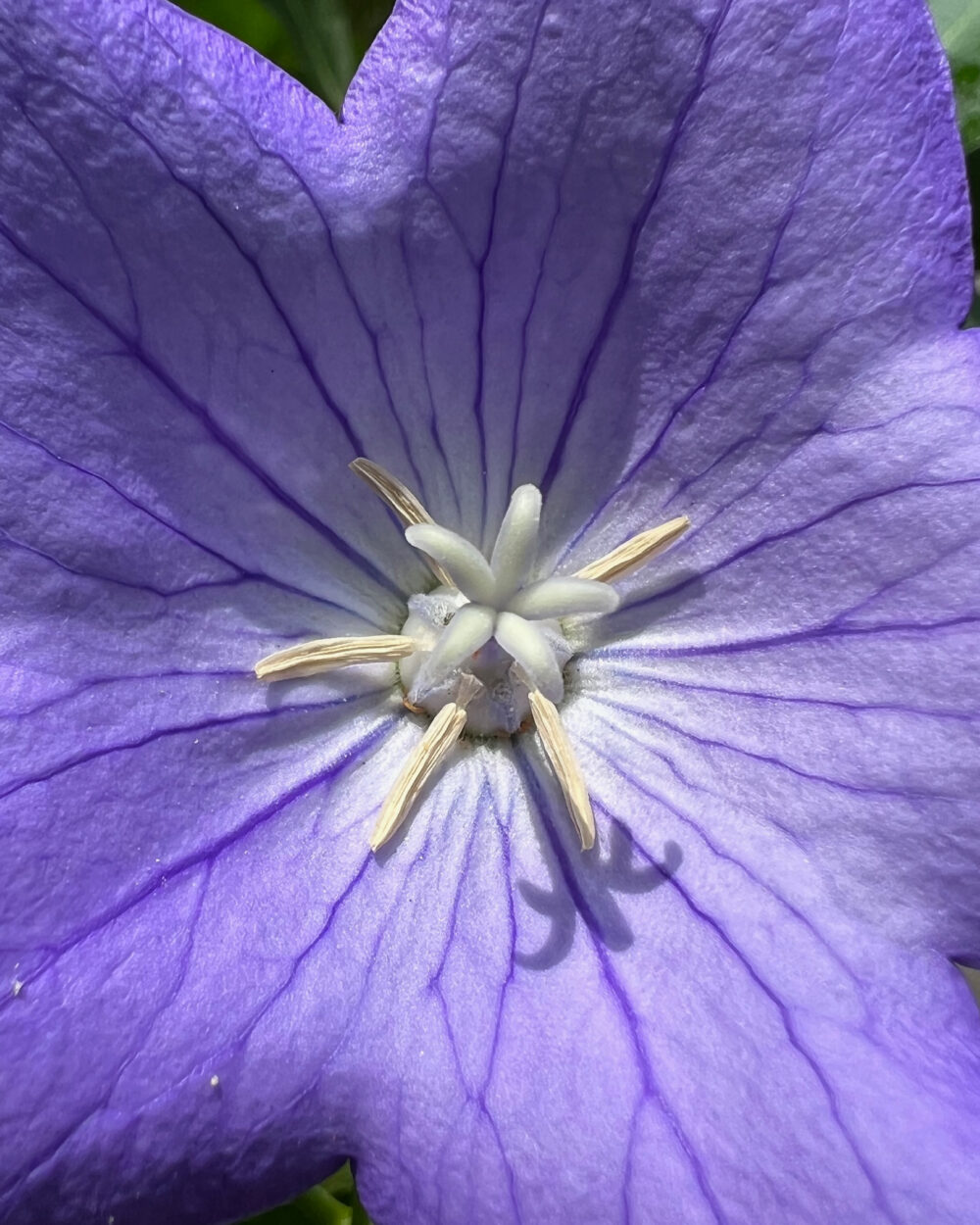
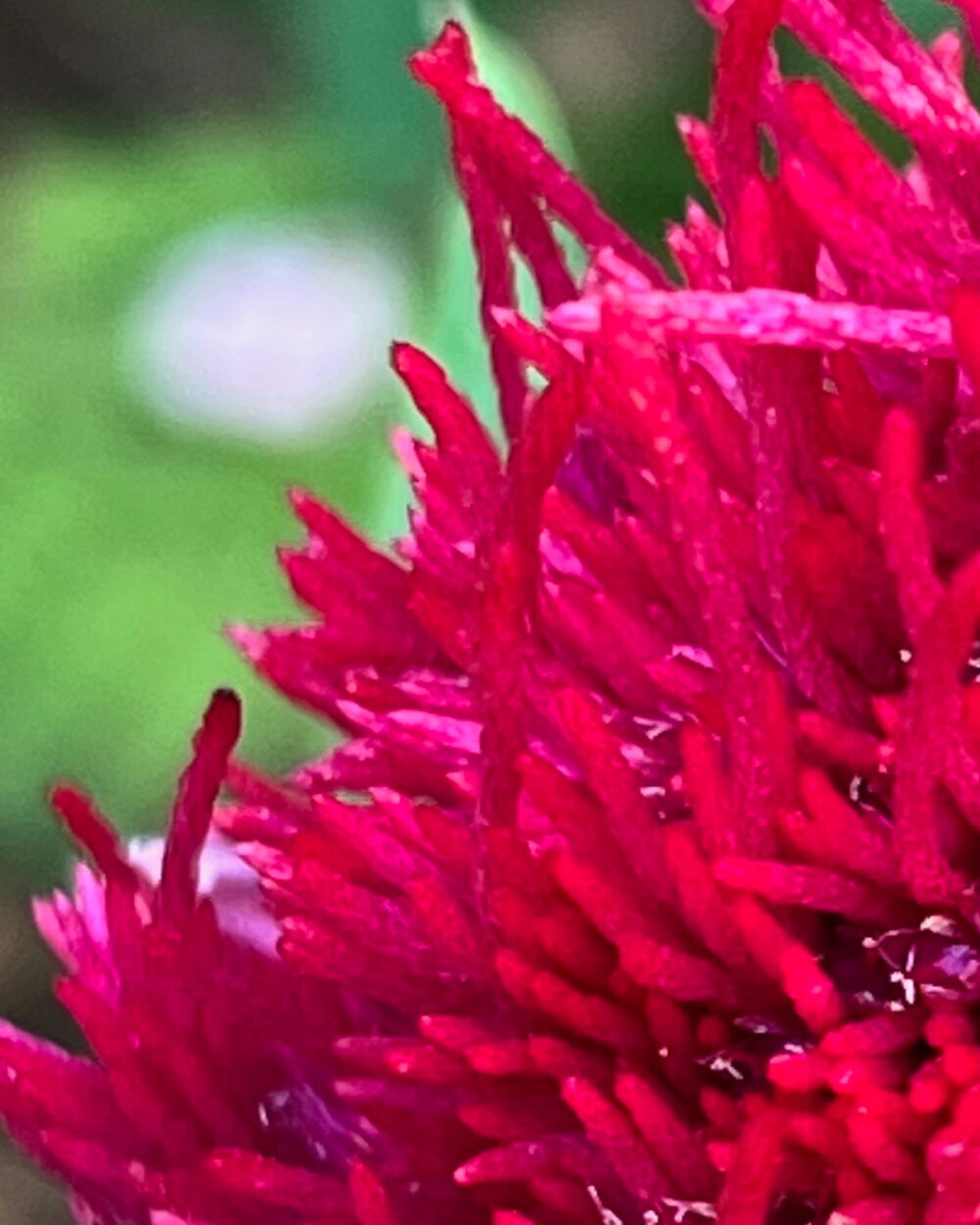
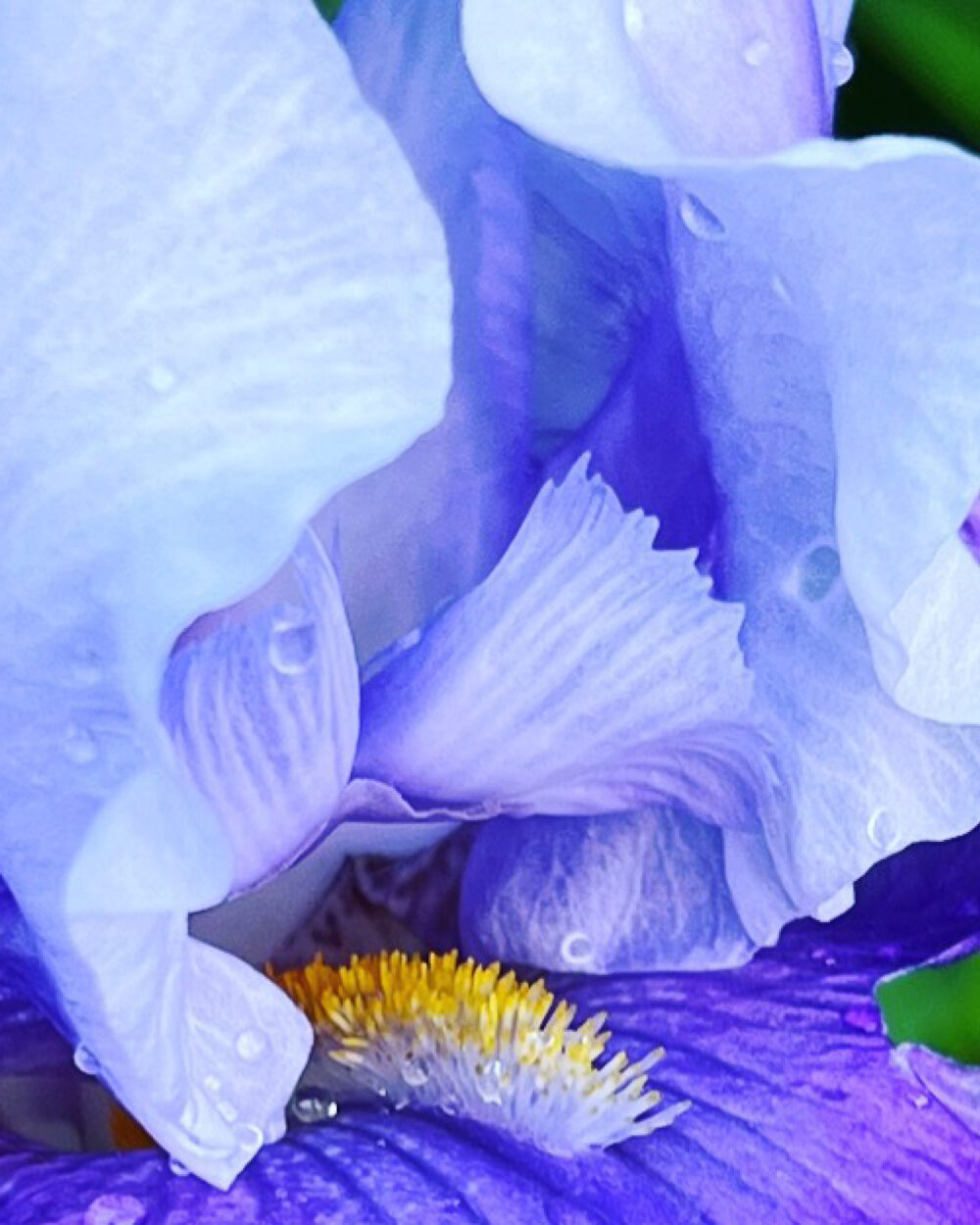
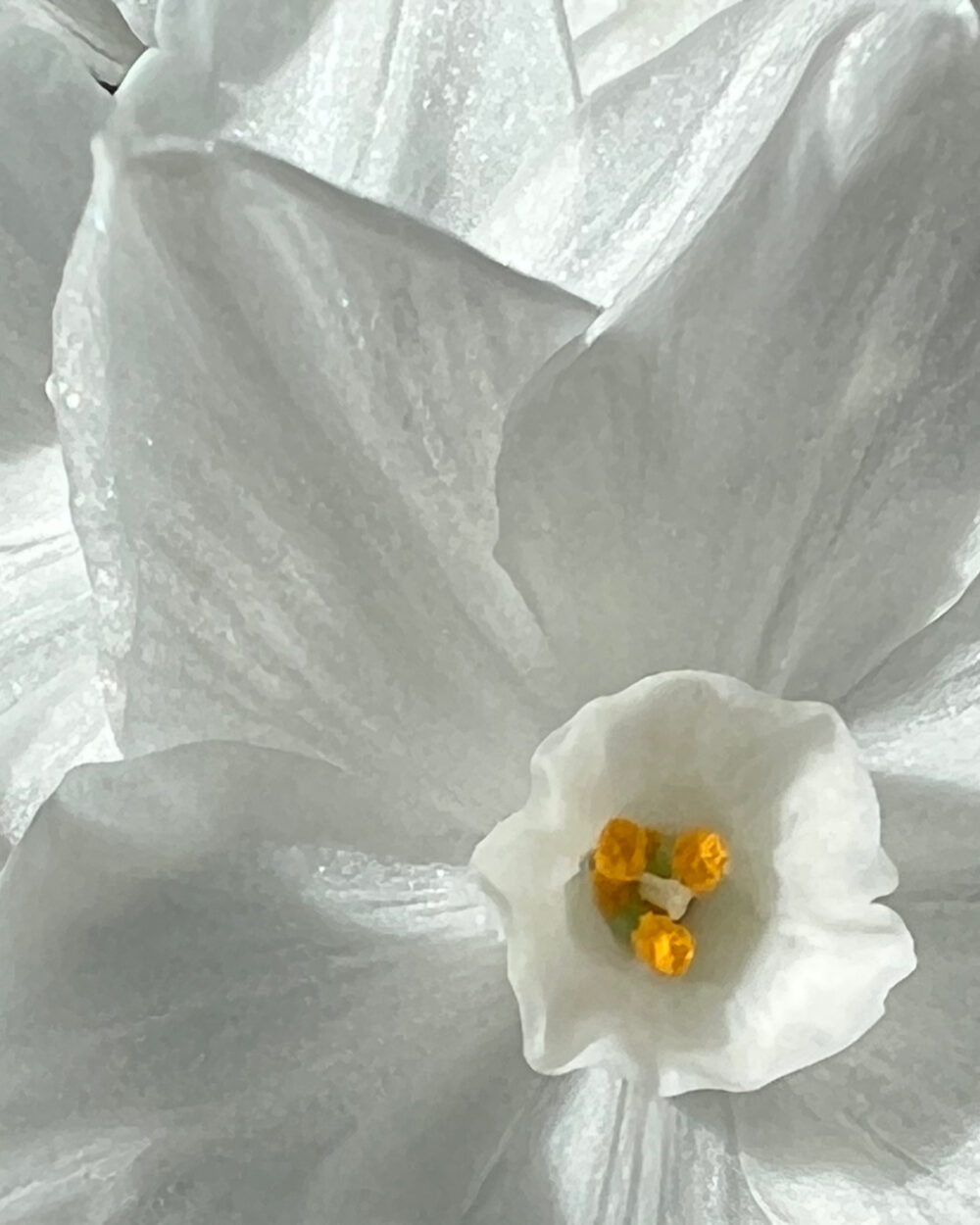
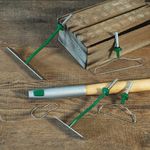
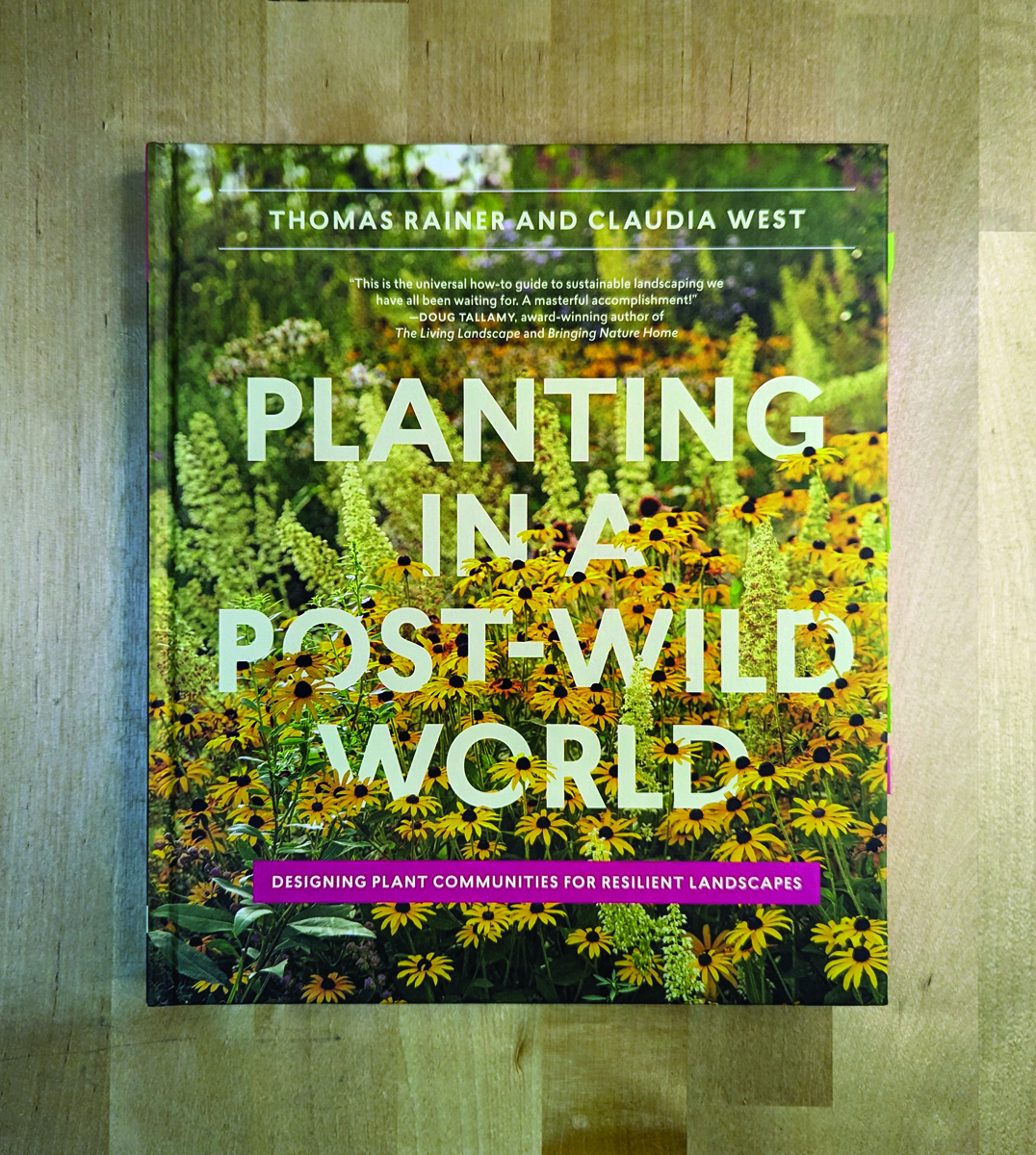
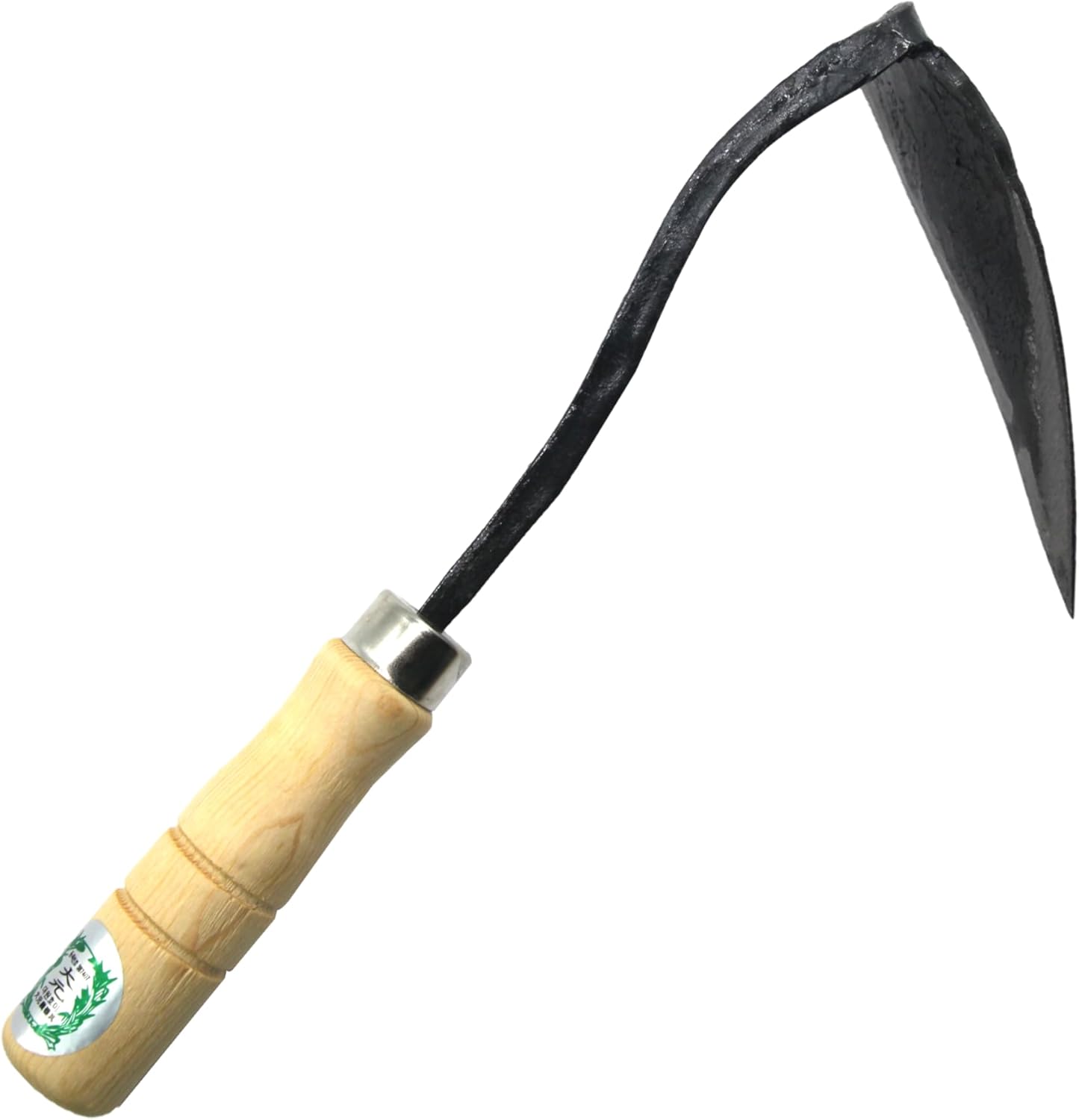





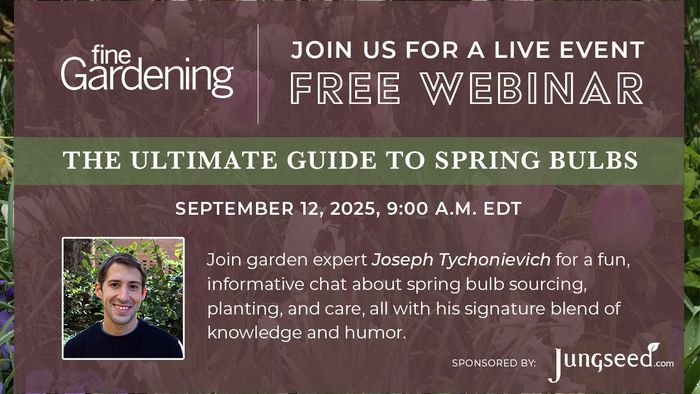
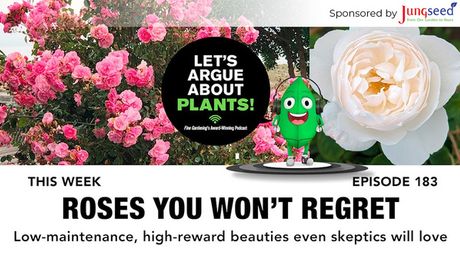

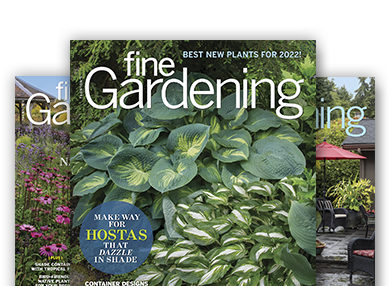

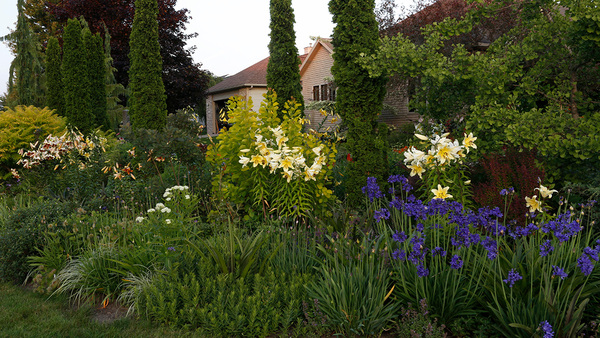




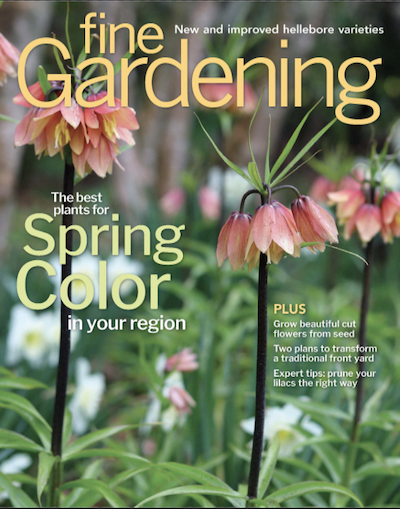


Comments
Very nice . I have a number of close-up pics of blooms also . Maybe I'll gather some up and submit . Close-ups of waking plants in the spring also offer some unique looks , however , one never knows a flower unless one goes "inside" ... lv
I could just stare into the "face" of your Platycodon grandiflorus flower photo all day LOL! So pretty being so up close and "in" the flower!
Absolutely stunning! Thank you....
Beautiful photos, wonderful to get really close to see the structure and complexity of the flowers. Thank you for sharing these (and the ones last week), inspiring us to get out there with our cameras too.
Beautiful - the celosia reminds me of coral polyps!
Log in or create an account to post a comment.
Sign up Log in